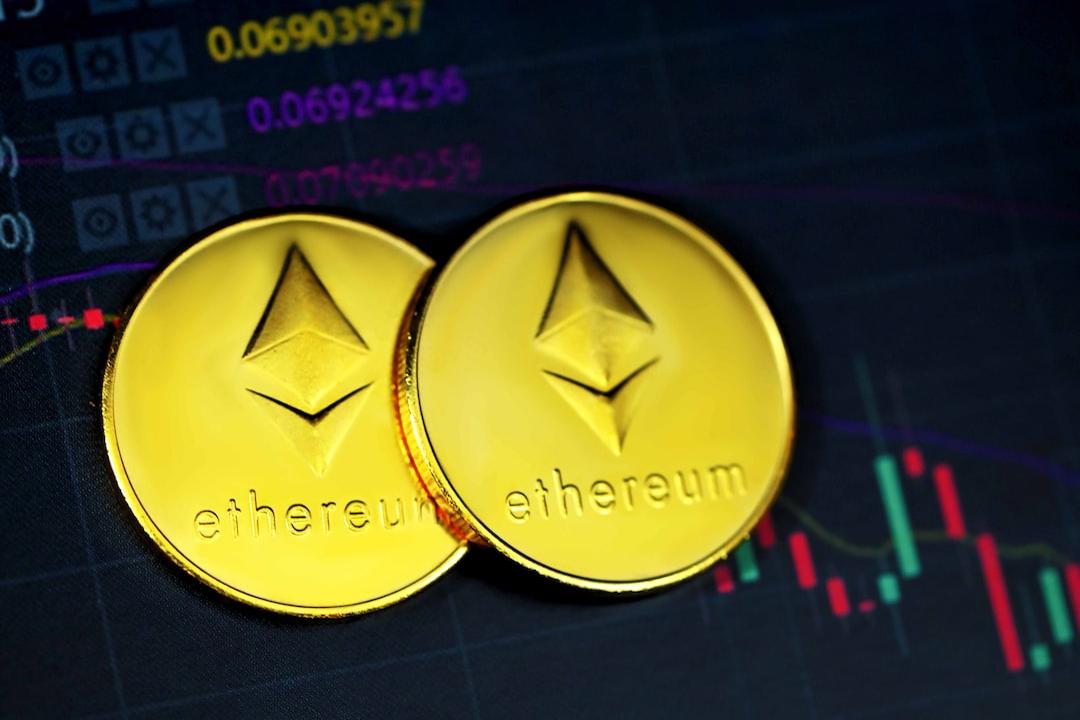Bitcoin faced a significant downturn within the last 24 hours, stirring apprehension across the market. Is there a chance that a short-squeeze scenario could rekindle the bullish momentum?
In June 2024, the infamous Bitcoin (BTC) exchange, Mt. Gox, known for its loss of 850,000 BTC in a 2014 hack, made a groundbreaking announcement that could shake up the cryptocurrency realm. The once-dominant platform is gearing up to disburse the recovered assets to its creditors.
Nobuaki Kobayashi, the Rehabilitation Trustee, disclosed that repayments are scheduled to kick off in early July. This initiative involves the distribution of 142,000 BTC and Bitcoin Cash (BCH), with a combined value of around $8.22 billion based on current market rates.
While this news brings relief to the victims after a prolonged wait, it has also ushered in a wave of unpredictability and potential volatility into the Bitcoin market.
To gear up for the repayments, Mt. Gox executed various trial transactions on July 4. These test runs encompassed transferring small sums of Bitcoin—totaling approximately $25—across different wallets to confirm the system’s preparedness.
Adding complexity to the situation is the heightened engagement from the German government. In recent weeks, Germany has been actively offloading BTC. Notably, on July 4, 2024, the government shifted millions in BTC, including a $75 million transfer to major crypto exchanges like Kraken, Coinbase, and Bitstamp. Such significant transfers to exchanges often indicate potential sell-offs, which could drive prices downward, further fueling market unease.
Currently, the German government holds more than 40,350 BTC, valued at over $2.3 billion, marking a 20% decrease from their holdings exceeding 50,000 BTC on June 19.
In the midst of these developments, Bitcoin plunged to a low of $57,000 on July 4, triggered by the impending Mt. Gox repayments and the German government’s actions. Although it saw a minor bounce to about $57,800, Bitcoin registered a nearly 4% decline over the past 24 hours, slipping below its 200-day moving average for the first time since October 2023, deepening concerns among investors.
Let’s delve into this ongoing narrative to decipher its implications for Bitcoin prices and forecast potential trajectories.
Mt. Gox Saga and the Impact of Liquidations:
Once a prominent Bitcoin exchange, Mt. Gox was established in 2010 and swiftly ascended as the favored platform for Bitcoin trading, handling roughly 70% of all Bitcoin transactions at its peak. However, Mt. Gox’s eminence plummeted due to a series of crippling cybersecurity breaches.
The initial major hack occurred in 2011, resulting in the theft of 25,000 Bitcoins worth approximately $400,000 at that time. This incident marked the onset of Mt. Gox’s troubles.
In 2014, a catastrophic security breach led to the loss of nearly 650,000 Bitcoins belonging to customers, along with around 100,000 of the exchange’s own coins. This amounted to roughly 7% of the total Bitcoins in circulation, valued at about $473 million when Bitcoin was priced around $600 each.
Following the 2014 hack, Mt. Gox declared bankruptcy, leaving creditors being owed 45 billion yen (roughly $414 million). Since then, creditors have waited for the reimbursement of their lost assets, and it seems that their patience might finally bear fruit this month.
With the announcement of the redistribution of 142,000 BTC, the market braces for potential turbulence. The significant influx of Bitcoin could create substantial selling pressure, potentially driving prices southward.
Exploring the $8.22 billion injection into the Bitcoin market:
To elaborate further, let’s discuss the potential repercussions of injecting $8.22 billion into the Bitcoin market. The current daily trading volume of Bitcoin stands at roughly $30 billion. Introducing $8.22 billion worth of Bitcoin into the market equates to around 27% of the daily trading volume.
Should this amount be liquidated swiftly, it has the potential to significantly decrease Bitcoin prices, given that sell-offs of even 10-15% of the daily volume have historically resulted in 10-20% price declines.
If the Bitcoin is gradually sold over several months, periodic 2-3% price corrections might occur, presenting a lesser destabilizing effect but still influencing overall market sentiment and fostering a bearish trend.
What lies ahead?
Recent price fluctuations in Bitcoin have left investors apprehensive about the market’s future trajectory.
Peter Schiff, a prominent Bitcoin critic and chairman of Schiff Gold—a precious metal dealer—has heightened market anxiety by pointing out Bitcoin’s critical support level. He cautions that breaching this support level could trigger a substantial downturn. Schiff’s comments usually surface during market downturns, intensifying panic and uncertainty among investors, thus warranting a cautious approach.
In stark contrast to Schiff’s pessimism, Michaël van de Poppe, a prominent crypto analyst, contends that the crypto cycle has yet to reach its peak. Van de Poppe believes that assertions about the demise of the crypto surge are overstated. He anticipates the potential for further growth and hints at the market reaching new highs before a downturn ensues.
Concurrently, another crypto analyst notes that Bitcoin remains within a defined range. While investor morale may be subdued, the foundational strength of Bitcoin’s market position remains robust.
Ali, a respected crypto analyst, highlights a critical near-term trading pattern. He observes an uptick in Bitcoin traders opting for short positions around the $59,600 level. This setup forms a “liquidation wall,” implying that any upward movement in Bitcoin’s price could compel these short positions to repurchase Bitcoin to cover their losses, potentially driving prices up sharply.
The imminent short squeeze scenario could instigate abrupt and substantial price spikes, contributing to short-term volatility and hinting at potential turbulence on the horizon.
As always, staying informed and bracing for both downturns and growth opportunities is prudent. Remember the cardinal rule: never invest more than you can afford to lose.

